Jellyfish
Jellyfish
Jellyfish are fantastic. You cannot think of anything in nature that is more extraordinary, unexpected, surprising. When I was a little kid we would occasionally bump at some jelly-fish swimming in the Baltic Sea, a cold pond. I was fascinated by these unusual creatures, quite small actually, about 10 cm (4 inch) diameter of their hat, commonly called meduza with their proper scientific name Chełbia Bałtycka, apparently of the group Aurelia aurita. They were not very colorful, with a slight touch of pink on otherwise transparent body and some blue muscles, I suppose. We were taught about them at school, and the main and only thing that attracted our attention was (obviously) their complicated, but diversified and alternative forms of sex life. At least they have that, because they cannot see or feel for they have no proper brain. I haven’t seen them for a while, so I was very pleased to spot them during my recent visit to San Francisco Aquarium (see my photos below). But unlike in the Baltic Sea they were seen there in a gracious vibrating swarm. The lights are clearly a trick for kids (not only).
I took a few other photos there of the incredibly beautiful, gracious and amazing jelly-fish of a much more elaborate elegance. Their tentacles of various lengths and forms are usually there to catch their food, most commonly by paralyzing them with stinging cells. These are very very old creatures, apparently 700 million years or more (with humans being barely 0.3 million years old), making them the oldest multi-organ animal group. Clearly, the Creator-on-call of the moment must have been quite artistically inclined, compared to His/(Her) counterpart of several hundred million years later. They are also very simple creations, made in 95% of water. As mentioned, they have no brain or nervous systems, hence, it is not the brain that made them survive. As we know, brain can be also the source of bad and stupid thinking, having nothing to do with the survival or beauty.
The idea of using a jelly fish as a model for my cut-outs when I wanted to make a gift of labor to my first grand daughter, Bunia (clearly, short of Emilia) born this July (2020). Her parents asked something for her nursery room, and as they are sea lovers and sailors, I decided on something “fishy”. Being a deeply superstitious man, I wanted to offer her something that will inspire her with its long-time proven survival skills despite very modest means.
I have to make a confession though that in making the cutout I committed several zoological sins being not entirely truthful to the Aurelia (Medusae) genus. As a great grandson of a biology professor I feel compelled to rectify the excess of the artistic enthusiasm at the expense of scientific truthfulness. As you may notice, my Jelly-f has something that can be misconstrued as eyes. This (misconstruction) should not happen. Jelly -f do not have eyes, as they have no nervous system nor, as a matter of fact, a brain to possibly process nerve signals. Two other disclaimers concern the tentacles. The presence of happy minor fish-folks between the tentacles of the jelly-f belongs to the world of a disneyan fantasy. The real tentacles are furnished with defensive/offensive poisonous stinging cells, and you guess the rest about minor fish-folks. Therefore and nevertheless, it needs to be stated that the apparent resemblance of the the jellyfish appendices to hands or feet is purely coincidental, and by no means is intended to suggest the capacity of the subject to grab anything and more, to walk away with it.
In the history of art jellyfish have a mixed bag of luck. The most remarkable part refers to a Greek myth of Medusa who was a real monster of the Gorgon group with snake-like hair horrifying everybody as best known from Ovid’s Metamorphoses. Medusa was famously depicted in a Caravaggio oval (scary) and Cellini’s sculpture of Perseus, who eventually killed the monster, both in Florence. As hopefully this post will likely be viewed by a small kid, I am putting only minute images of those pieces, with details too small to scare anybody.
Instead, I rather show a drawing by a great evolutionary Prussian biologist and artist Ernst Haeckel (what an almost beautiful name), who in late 1800 produced tens of scientific and gorgeous images of various types of jellyfish (and other plants and creatures), of whom he was remarkably fond and discovered many species.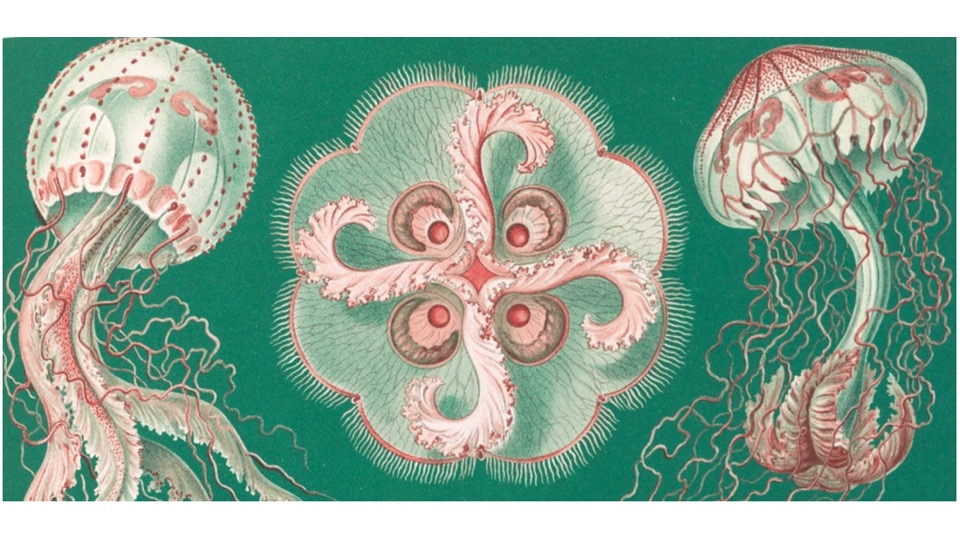 I will finish with a characteristically optimistic work of Catalan Joan Miró, titled “Narwhal-Bather-Jellyfish-and-Seahorse”. It’s not that obvious who is who in that painting, so I will guide you: the narwahl is the black guy with a long tusk, the seahorse is likely the creature with an appropriate mane, while the bather, I assume, is the one inspecting the jellyfish with complicated set of tentacles.
I will finish with a characteristically optimistic work of Catalan Joan Miró, titled “Narwhal-Bather-Jellyfish-and-Seahorse”. It’s not that obvious who is who in that painting, so I will guide you: the narwahl is the black guy with a long tusk, the seahorse is likely the creature with an appropriate mane, while the bather, I assume, is the one inspecting the jellyfish with complicated set of tentacles. 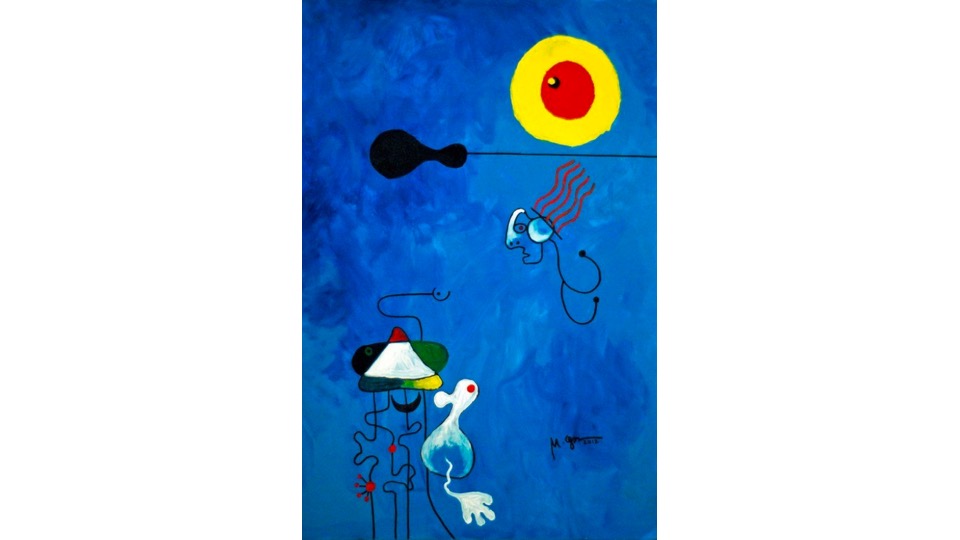
And that’s all I have to say about that (Forrest G., 1994).

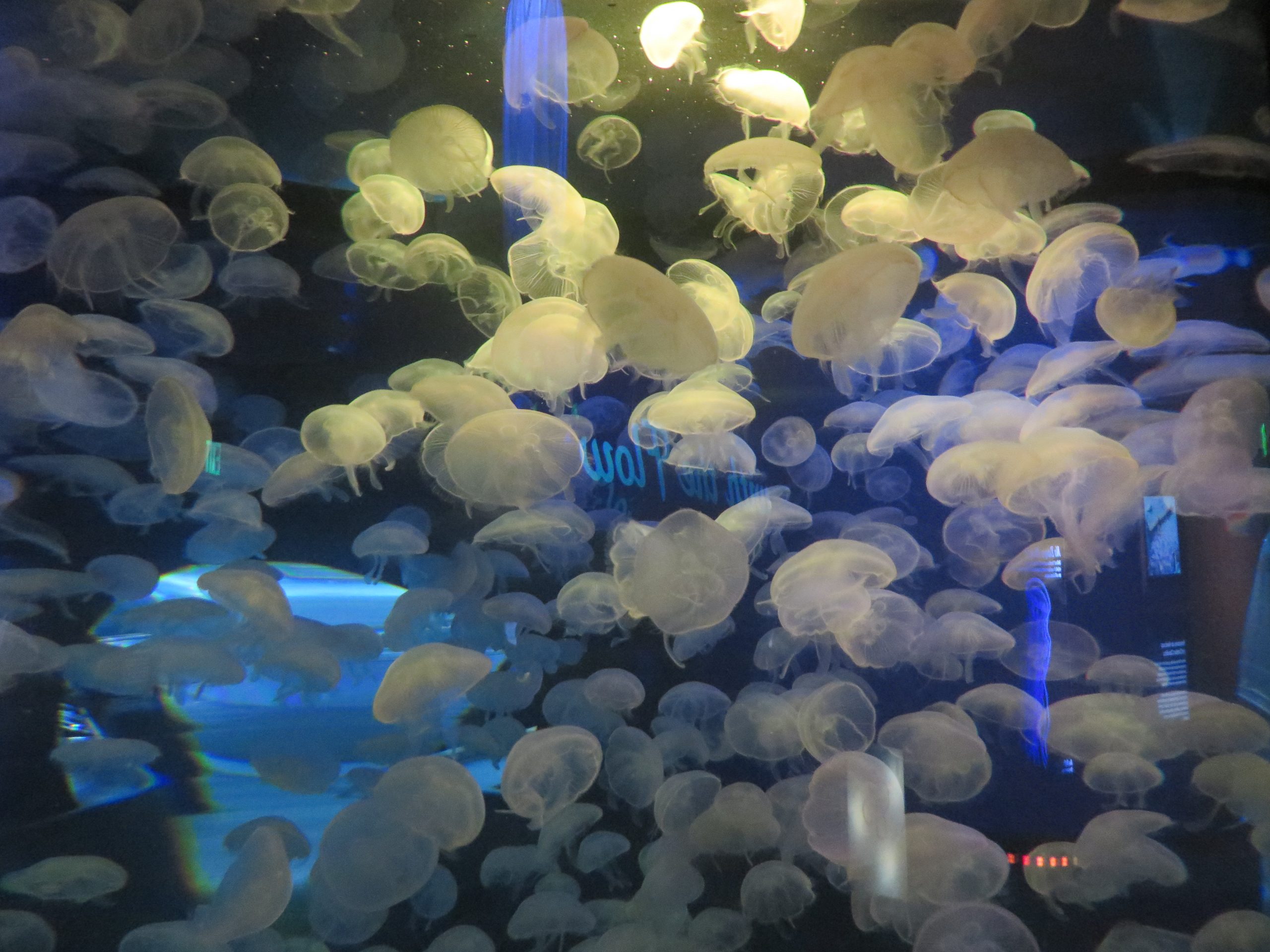
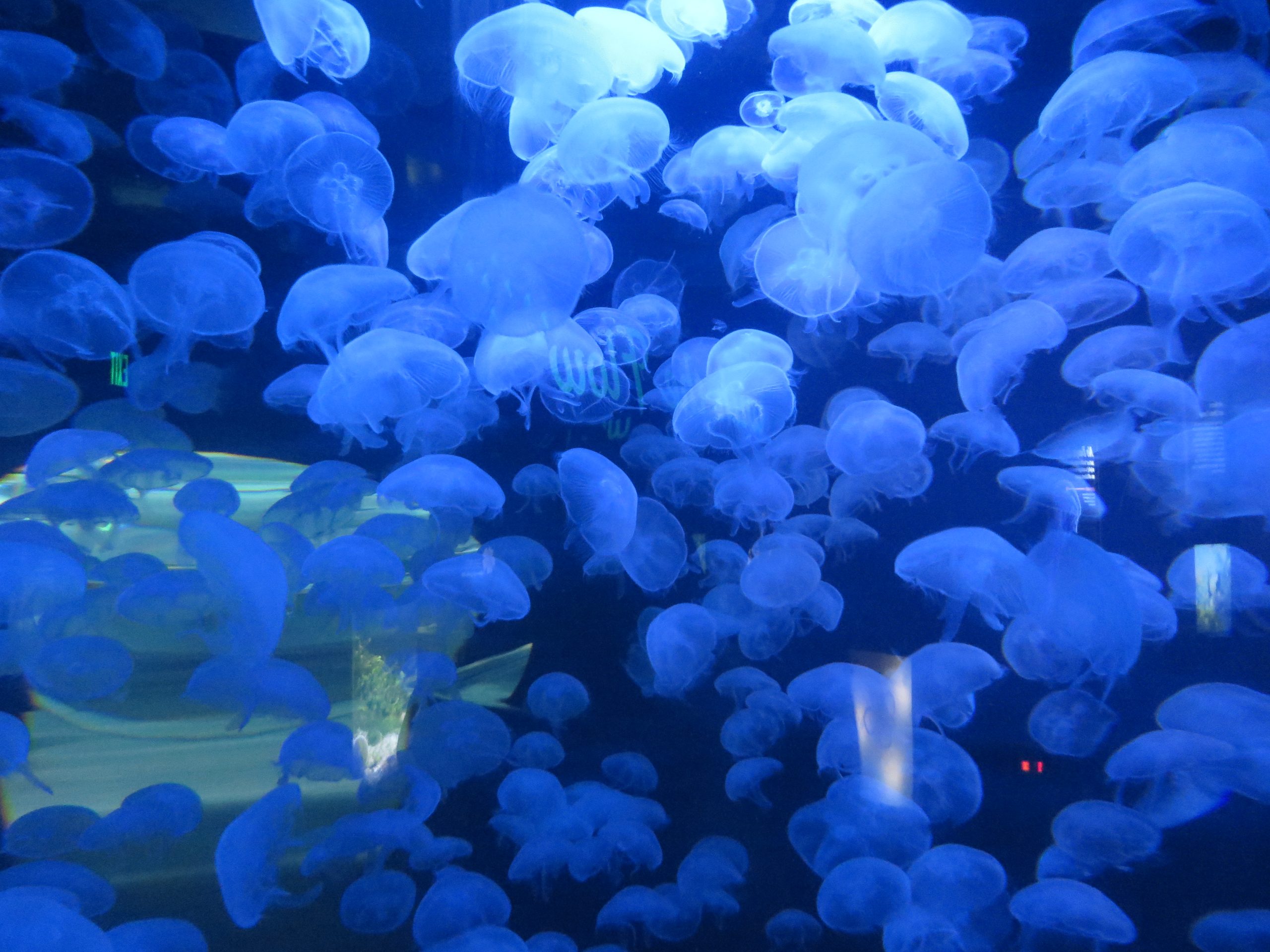
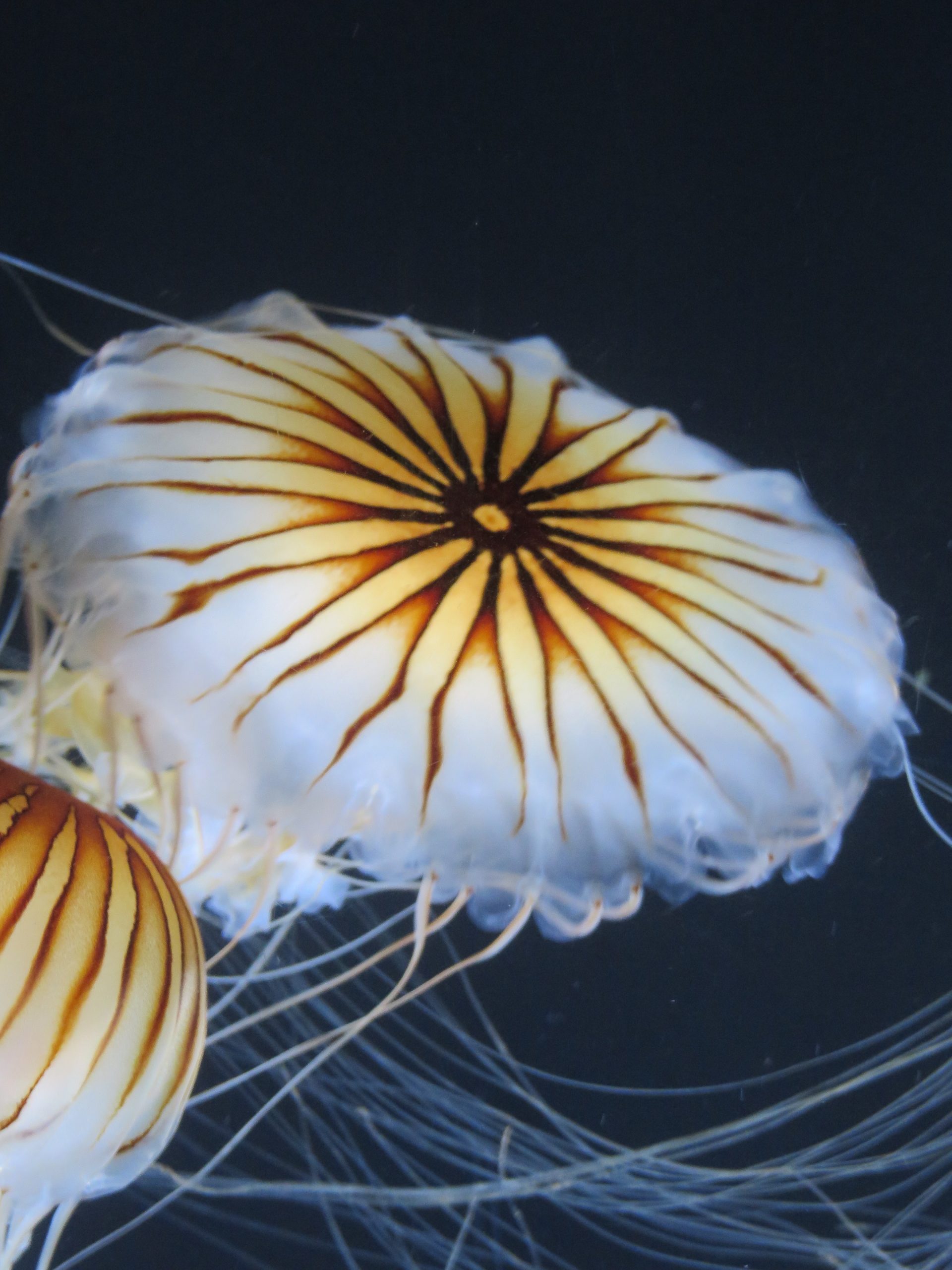
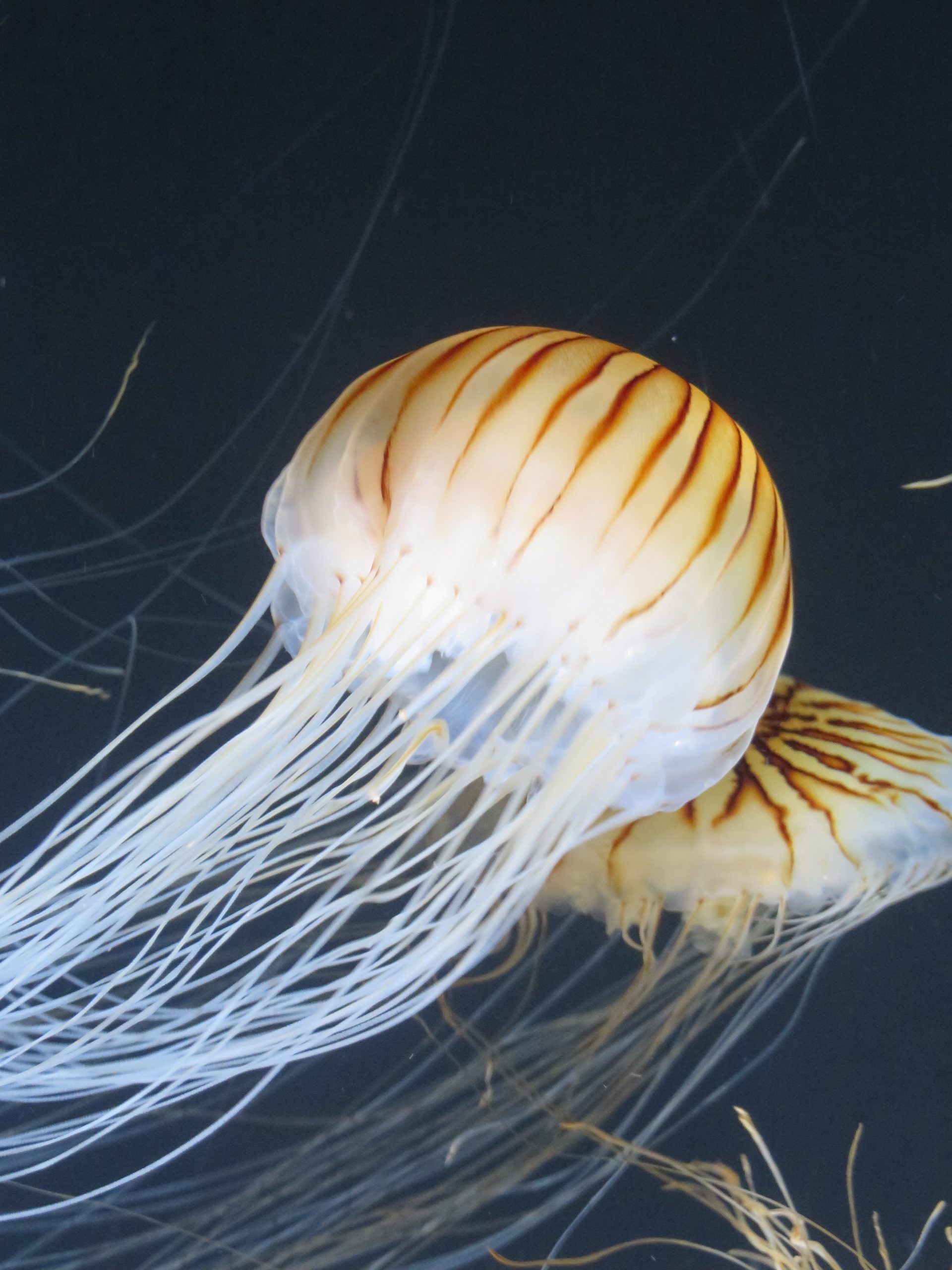
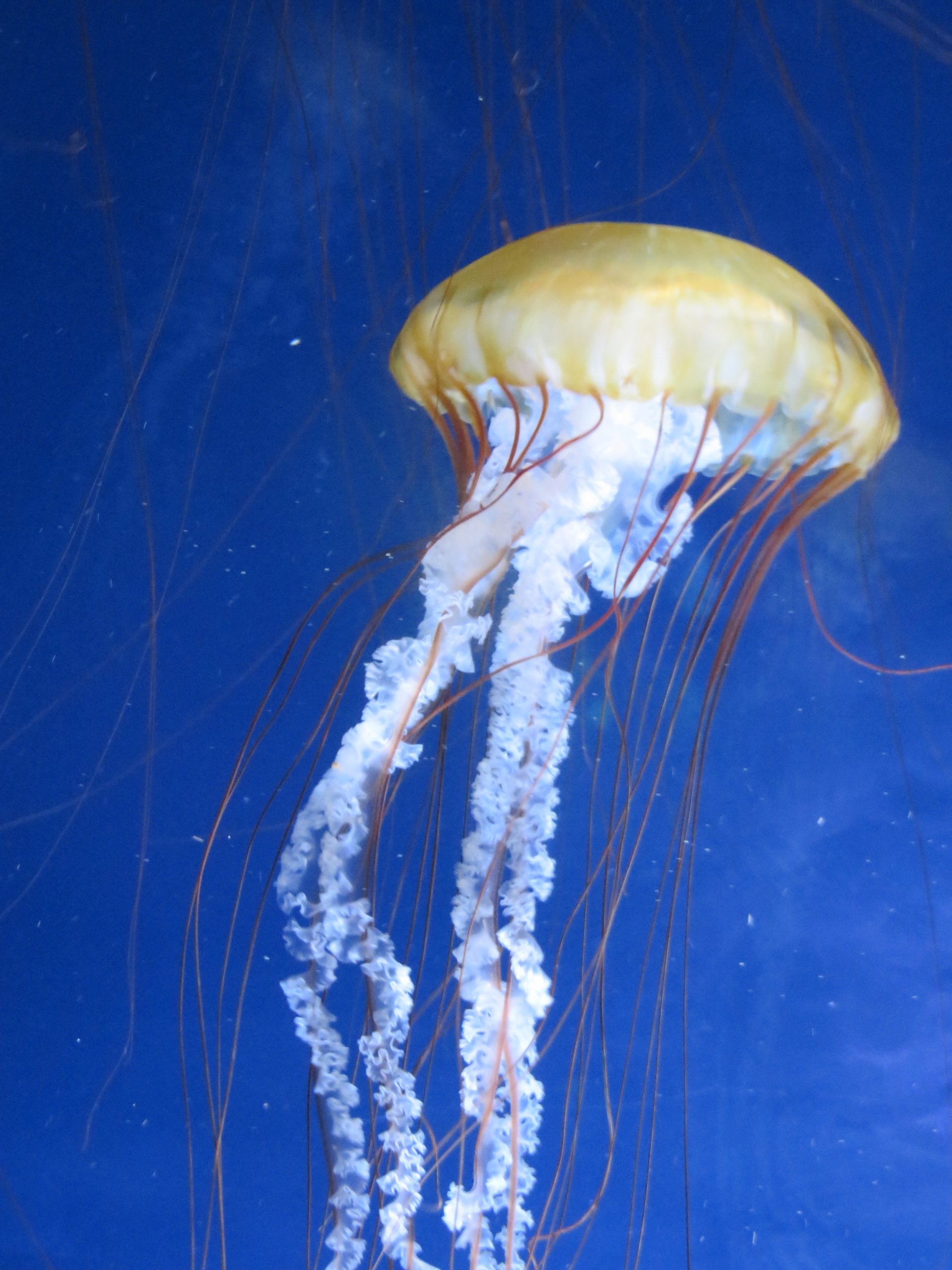
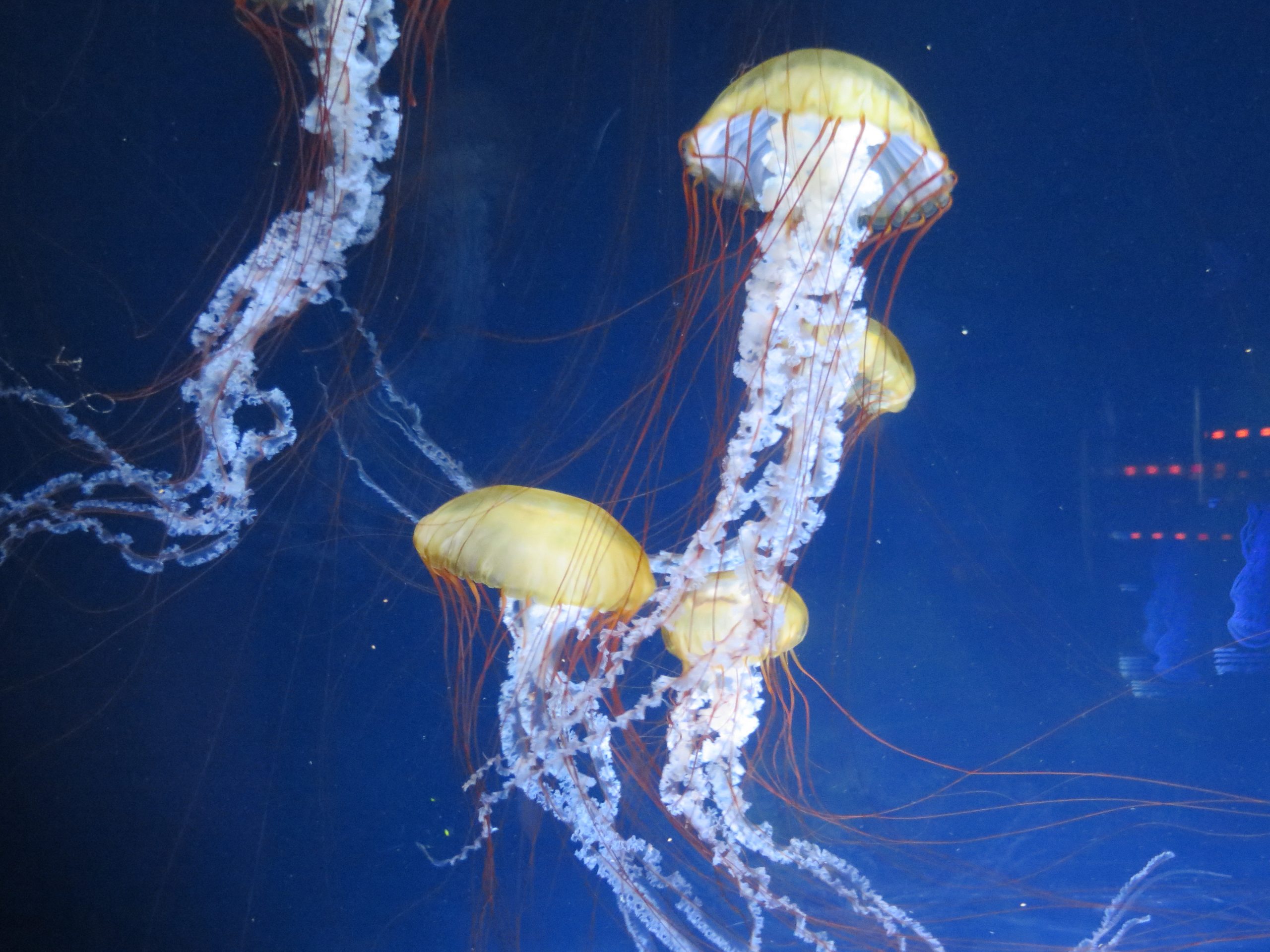
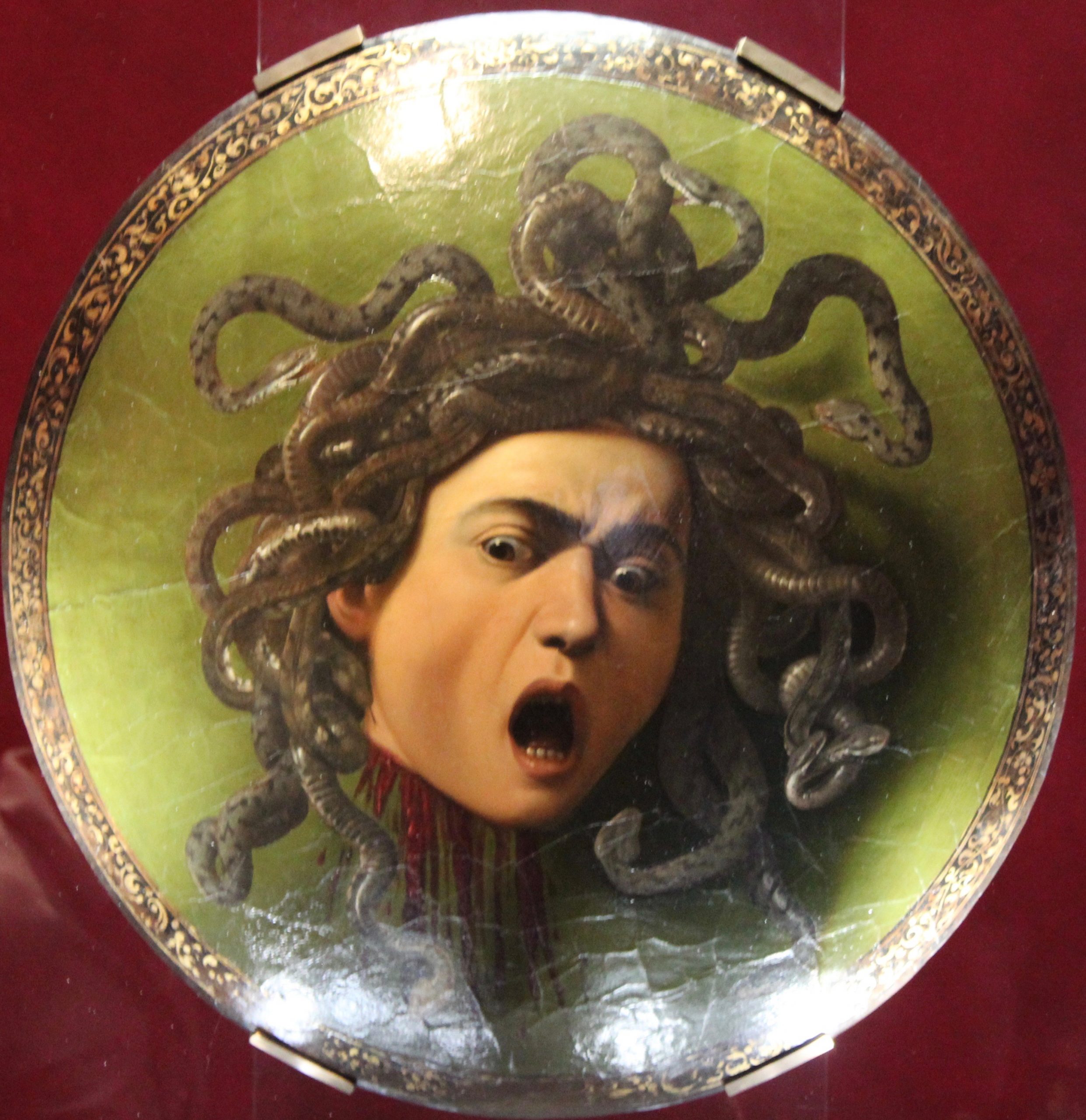

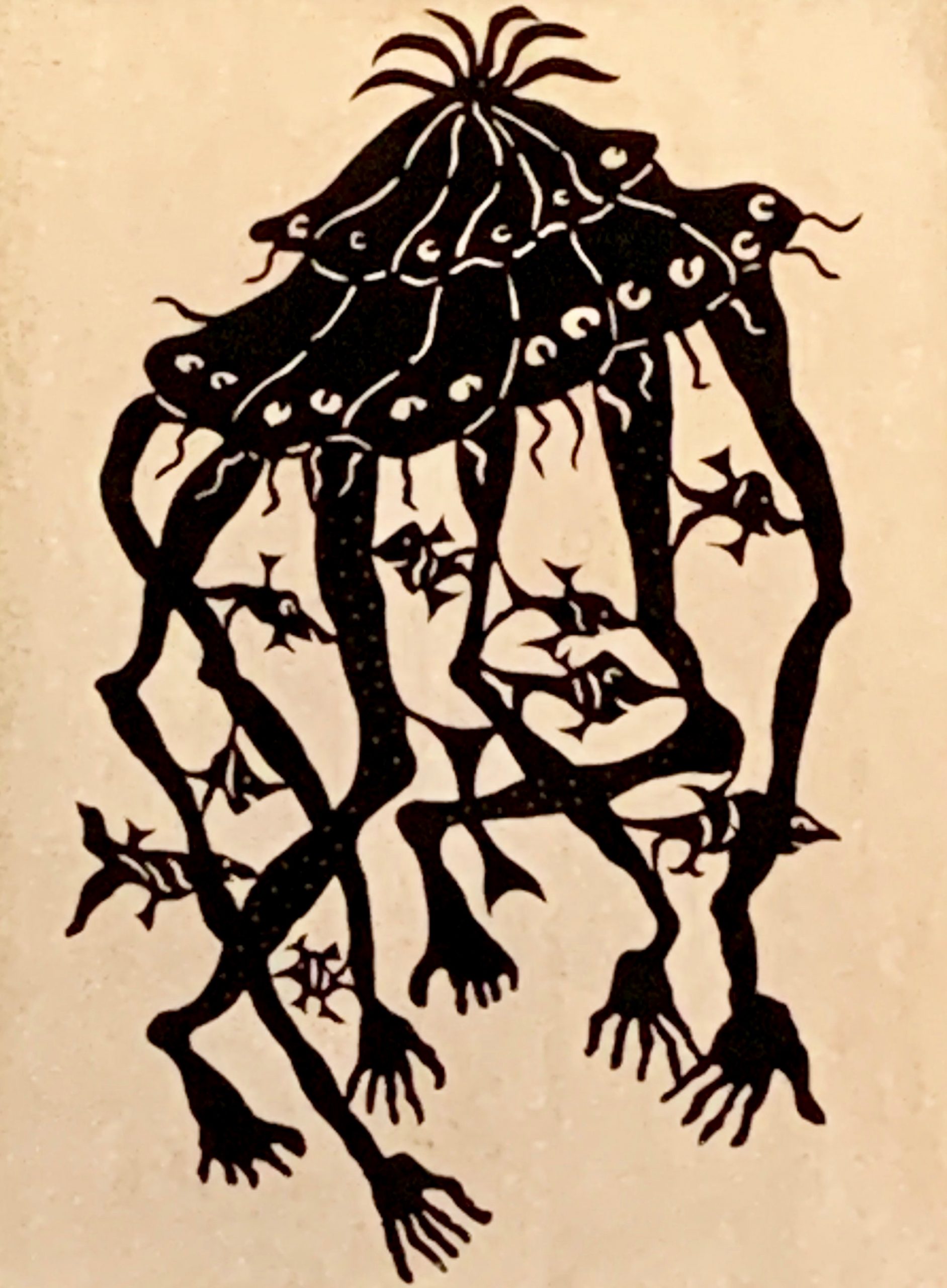
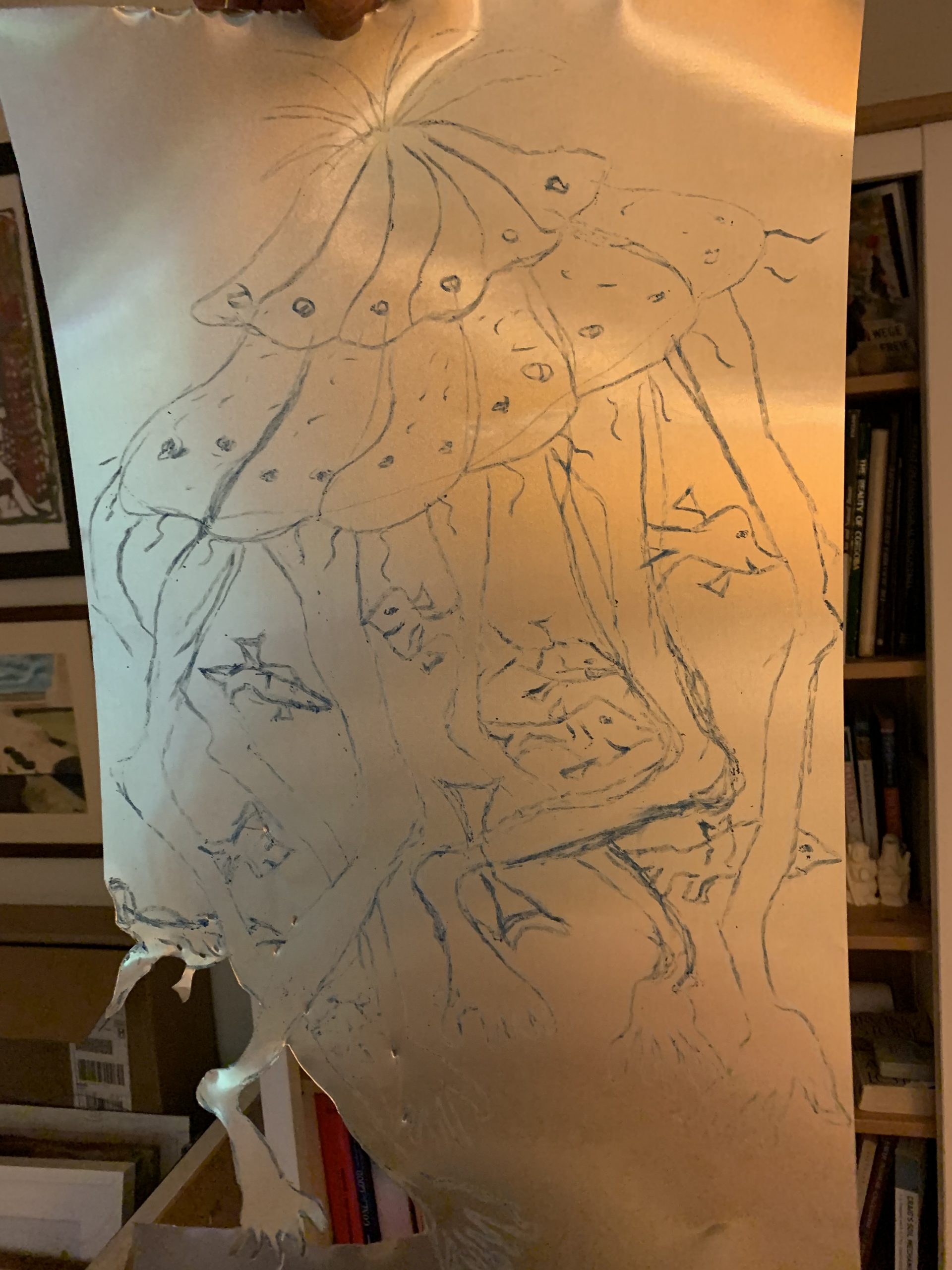
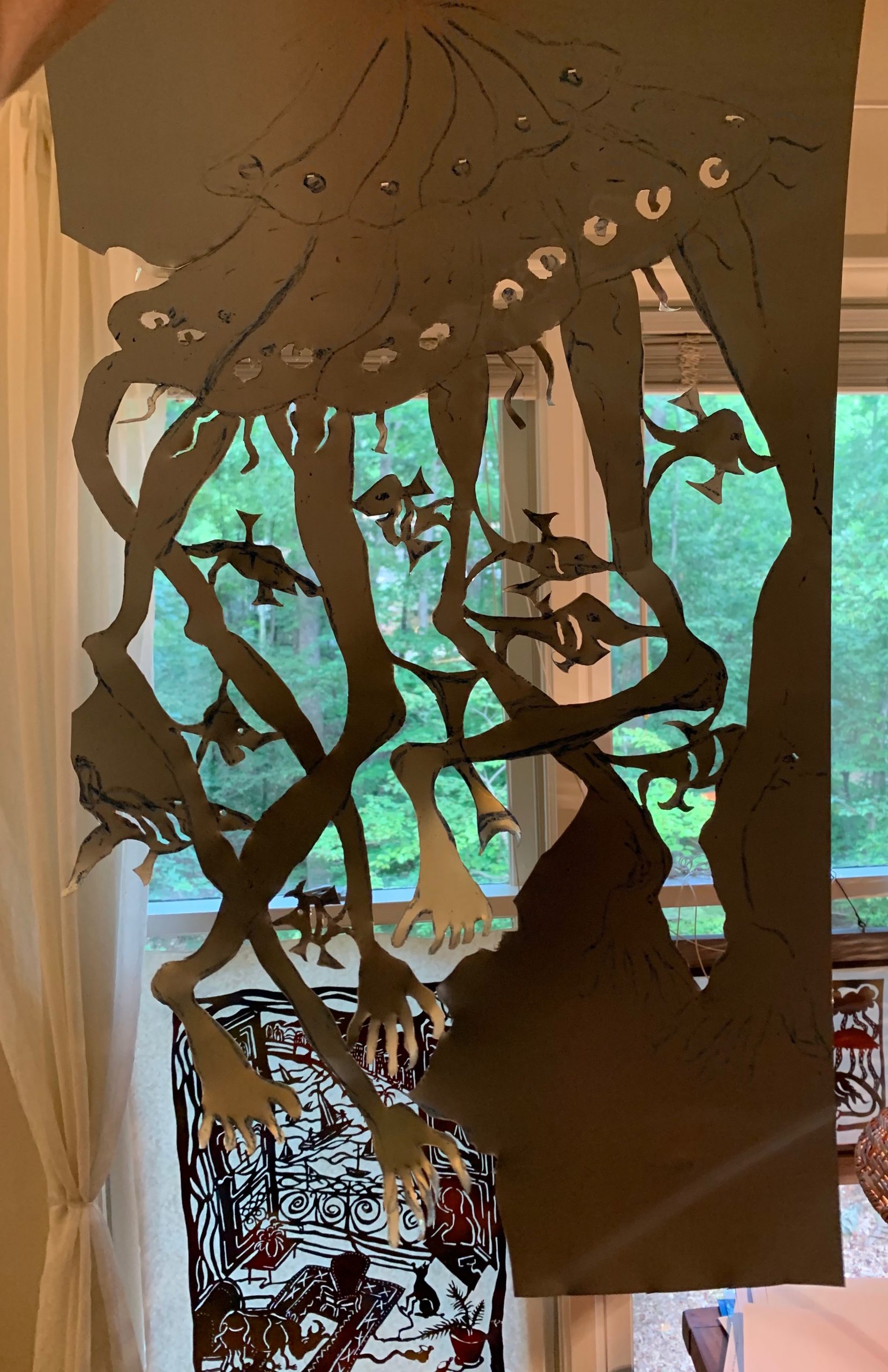

Leave a Reply